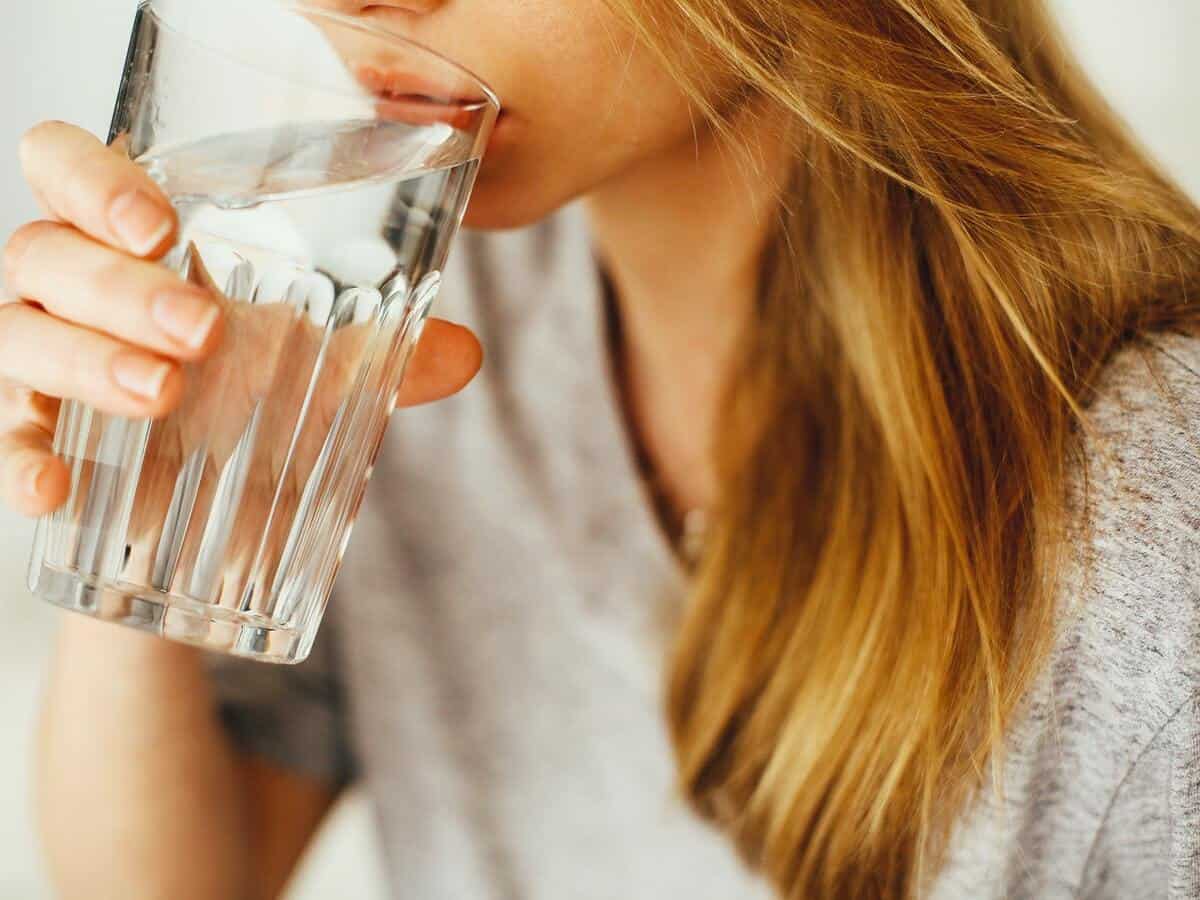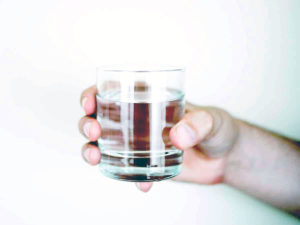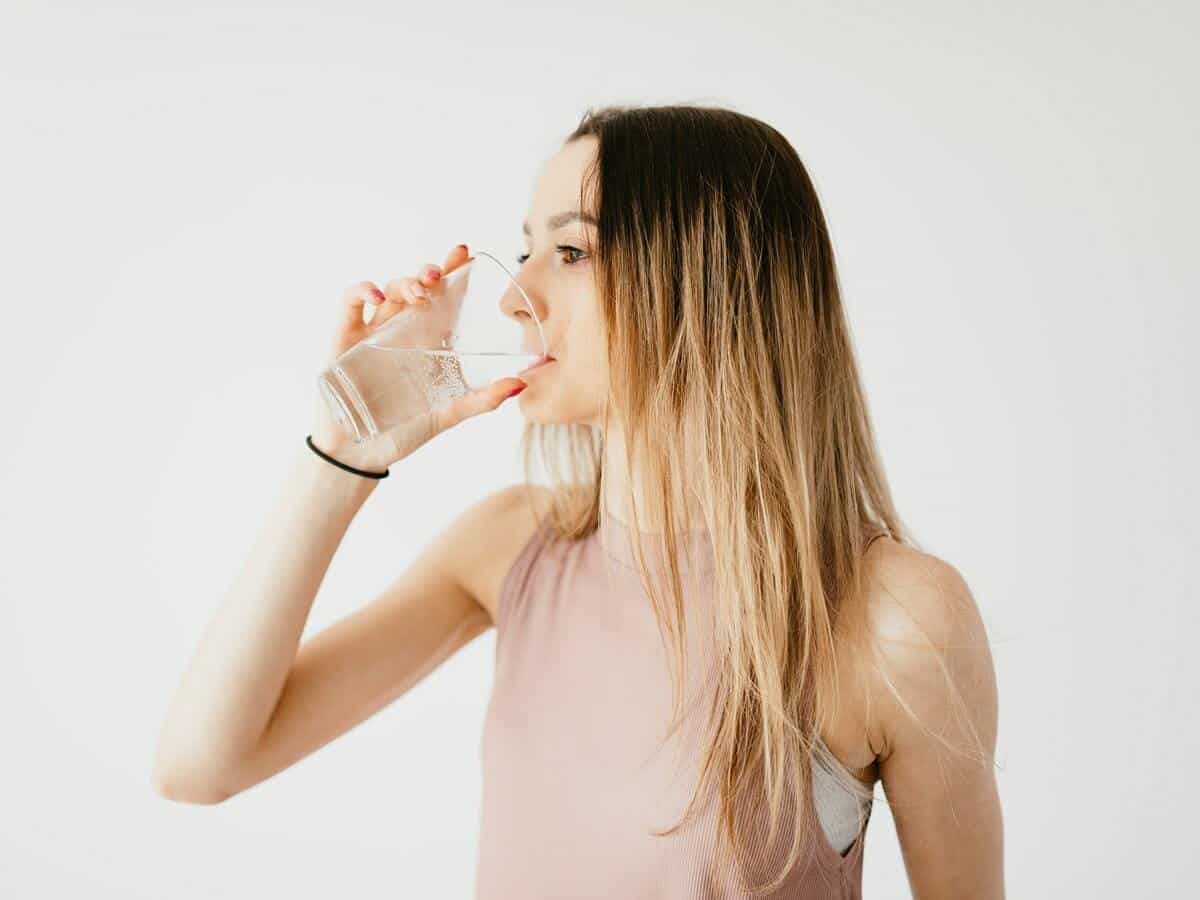Water is essential to life. Without it our plants would die, we would die, and our planet would die. We depend on our cities and local governments to make sure that the water we are having pumped into our houses is safe and healthy to drink. In large cities like Dallas, Texas, clean water is crucial to serve the large number of residents. So, is Dallas water safe to drink? Keep reading to find out more.
What is the Water Cleaning Process for Dallas/Dallas County Water?
Is Dallas water safe to drink? In order to know if Dallas water is safe to drink, we’ll need to understand their process for cleaning it. Dallas and Dallas County use a series of steps to clean the water being pumped into homes of customers. The system is a hybrid system of settling, filtering, chemical disinfection and ozone disinfection.
Settling
The first step is settling. Water sits in a holding tank while larger particulates sink to the bottom of the tank or settle before being moved to the next step in the process. Settling removes the larger particles and things like leaves, dirt and other sediment in the water when it is initially pumped into the facility from the water source. Settling removes large particles making the next step easier.
Filtering
The next step is filtering. Filtering removes smaller particles that might be present in the water and helps to purify it further. The filtering step helps to remove any residual particles that might be in the water after the initial settling process. The water then moves on to the next step, chemical purification.
Chemical Purification
Chemical purification involves chloramine, a combination of chlorine and ammonia, used to purify the water. This is a far safer measure than using chlorine on its own, and it helps to further remove the bacteria and other microscopic elements that might be making your water dangerous. The final step is ozone purification.
Ozone Disinfection and Purification
Last is ozone disinfection and purification. Ozone disinfection uses lime and iron sulfate to remove anything suspended in the water. It also helps to prevent corrosion of pipes that might further contaminate the water. Activated carbon eliminates odor and removes foul tastes. Dallas county is a county that uses fluoride in the water to help prevent tooth decay.
Are There Leftover Contaminants In the Water?
Upon testing, there were 37 contaminants found in Dallas tap water. Of those 37, 13 were of very high concentrations. These contaminants have been found to increase the risk of cancer with prolonged exposure and consumption.
- Arsenic
- Bromate
- Bromochloroacetic acid
- Bromodichloromethane
- Chloroform
- Chromium
- Dibromoacetic acid
- Dibromochloromethane
- Dichloroacetic acid
- Haloacetic acids
- Nitrate
- Total trihalomethanes
- Trichloroacetic acid
So, is Dallas Water Safe to Drink?
Dallas water is well filtered, however there’s residual contaminants still left behind. The first and most common is arsenic. Arsenic in Dallas water samples was 49 times higher than legal levels in some areas. Another contaminant found was bromate, this was 2.7 times higher than it should have been.
Tests also found the contaminant Bromochloroacetic acid, Bromodichloromethane, chloroform, and chromium. These are all common in water taken from groundwater sources. Though they may be common, that does not mean that you want them in your water.
Most of the residual contaminants found in the water had rather high concentrations and do have the potential to cause cancer with prolonged exposure. This test, conducted in 2019, found these elements were present in collected water samples.
Water samples, collected by residents, then pass to the water company and go through testing at their facility. These reports are public, allowing customers a detailed breakdown of what is in their water.
Healthy water, free of contaminants, is important for all aspects of life. Clean water keeps you healthy, keeps your pets healthy, and prevents illness and other issues. Water coming from your water company should be clean. Though it is the burden of the water company to provide clean water, they miss the mark. It often falls to the homeowner to take matters into their own hands and further filter their water.

What is the Environmental Protection Agency (EPA) Stance on Water Safety?
The Safe Water Act established in 1974, formed to create minimum standards for water purity and water safety. The law focuses on water that is either being used as drinking water or that may become used as drinking water in the future.
The act allows the Environmental Protection Agency to set standards and thresholds of certain contaminants in drinking water. The law allows the Environmental Protection Agency hold owners and operators at certain standards, making sure that the water that they are offering is healthy and safe.
In 1996, the act became amended to allow the Environmental Protection Agency to work on risk assessment and investigate water safety. The EPA has the right to approve state programs that are responsible for water safety and water quality. It is the responsibility of local governments and water companies to test their water routinely and to handle any possible contaminants.
The EPA routinely checks the quality of water across the country and collected data from local governments. Water companies must test and collect samples. Then, they turn that information over to the EPA for approval or a citation for noncompliance. Water companies can request samples at any time for the EPA when bad water is suspect or on a routine schedule. The EPA reserves the right to cite those water companies that do not meet standards and that do not comply with set regulations.
The Safe Water Act has not been updated since 1996, and water standards haven’t seen reevaluation in over 25 years. New compounds, contaminants and dangers do not get taken into account. Should you be concerned? The answer is yes, you can get home filtration systems that help to cut down on contaminants and help to keep the water that does come into your home safer and healthier.
Is Home Filtration an Option?
When it comes to making sure the drinking water in your home is safe, filtration is certainly an option. But, not all systems have the same great benefits as others! A system like a Brita pitcher is not going to filter out harmful compounds and chemicals for example. It might filter out possible sediment, some foul taste and potentially odors, this does not mean that it is going to fully filter the water or fully make the water clean and safe for drinking.
Filter systems like PUR and Brita are better for filtering out sediment and filtering out larger contaminants. It is not effective enough to filter out chemicals and other harmful substances that are too small to catch in this type of filter. These filters can remove some strange tastes from water as well. This type of filter uses activated carbon in a cartridge to filter water before use. These filters also remove particles but they do not remove chemicals.

ONIT Home Water Filtration System
ONIT Home offers a range of filtration options that are more effective, efficient and easy to use than any filter that you could buy. In home or in line filtration systems are the best method for making sure that the water you are drinking and the water you are giving your family is safe and healthy. Home filtration systems have the ability to remove water hardness, to remove chemicals and other harmful contaminants, and to help you ensure that the water you are drinking is as safe as possible.
The filtration systems offered by ONIT Home are means to help remove hard water minerals, chemicals and other compounds that are detrimental to your health, they can help to prolong the life of your plumbing and your appliances and they can improve your water quality overall. ONIT Home offers a free water testing kit that you can use to test your tap water.
Home water filtration is the best method for getting clean water that has been adequately filtered. ONIT offers solutions for all homes and for all families, allowing you to choose the filtration system that works best for you. In line filtration is more effective than any other home filtration options.
ONIT offers a range of home filtration solutions that are easy to use and that will not make your life harder in the slightest. These filters, installed on your water line, filter water before you use it. This first step of filtration eliminates the need for further filtration with filters like PUR and Brita.
How to Get a Home Water Filtration System with ONIT Home
Are you ready to take the next step and purchase a home water filtration system? Give us a call today at 1-833-433-0331 or visit us online. You can schedule a free water test and have in person results the same day. We look forward to hearing from you!



